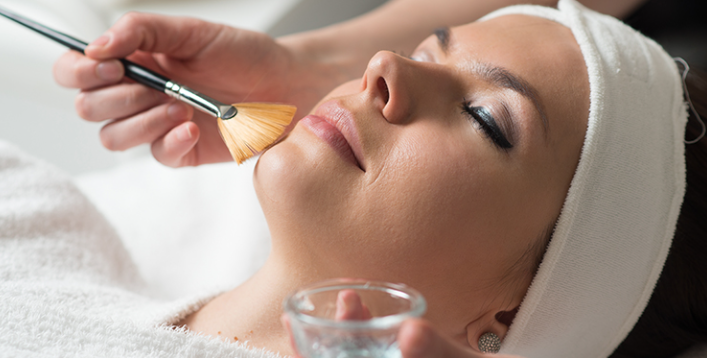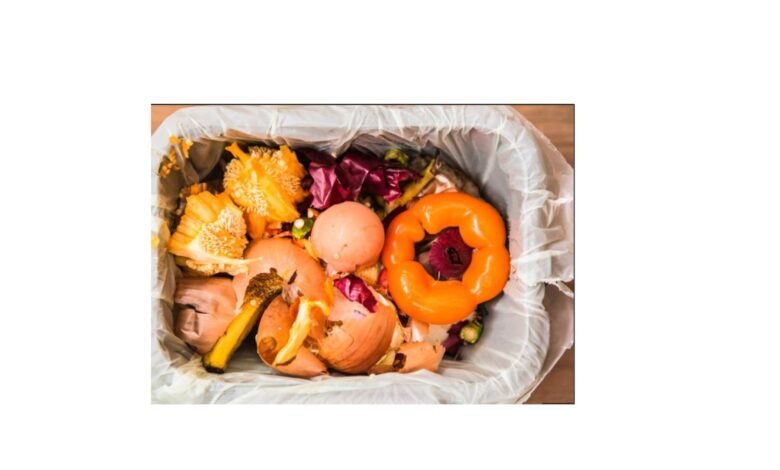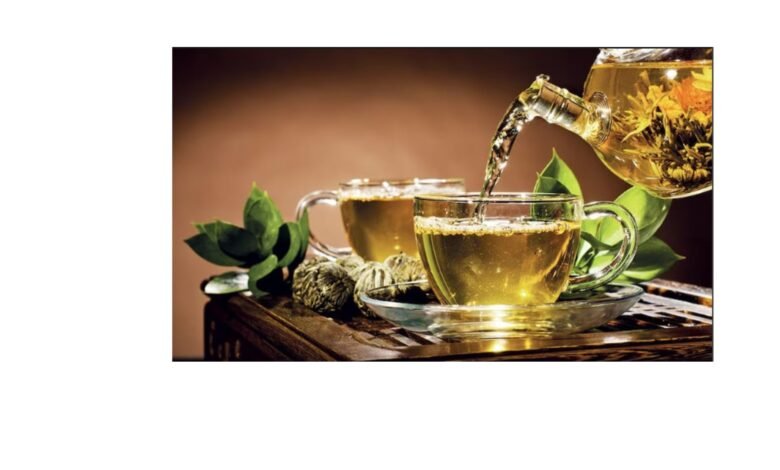|
Getting your Trinity Audio player ready...
|
Achieving healthy, radiant skin is a goal for many individuals. The key to unlocking the secret to beautiful skin often lies in skincare routines and the products we use. However, before incorporating various skincare products into your regimen, it’s essential to know your skin type and what ingredients work best for you. Skin tests and homemade recipes can be a valuable resource in this journey. In this article, we will explore some effective skin test recipes to help you discover what suits your skin best, ensuring you glow with confidence.
Understanding Your Skin Type
To begin with, before diving into skin test recipes, it’s crucial to understand your skin type. Skin can be classified into five major categories: normal, dry, oily, combination, and sensitive. Each skin type has its unique characteristics and requires specific care. The wrong products can exacerbate skin issues, making it crucial to identify your skin type accurately.
The Oatmeal Test (Dry Skin)
In addition, for those with dry skin, maintaining moisture is essential. An easy skin test recipe involves oatmeal. Simply mix ground oats with honey and yogurt to create a hydrating mask. Apply it to your face for 15-20 minutes before rinsing off with lukewarm water. If your skin feels smoother and more hydrated after the test, it’s a sign that your skin craves moisture.
The Hydration Test (Dehydrated Skin)
Furthermore, dehydrated skin often lacks water, making it appear dull and prone to fine lines. To determine if your skin is dehydrated, gently pinch a small area of your cheek. If it takes a few seconds for your skin to bounce back to its original state, it may be dehydrated. Combat this issue with a hydration test recipe using aloe vera gel and rose water. Mix equal parts of aloe vera gel and rose water, and apply it to your face as a soothing mask. If your skin feels more plump and supple after the test, it’s a sign that your skin is craving hydration.

The Dark Spot Test (Hyperpigmented Skin)
Additionally, hyperpigmentation, such as dark spots and uneven skin tone, can be a common concern. Hence, to address this, perform a dark spot test. Apply a small amount of lemon juice to the affected area at night and rinse it off in the morning. Over time, if you notice a reduction in the appearance of dark spots and a brighter complexion, incorporating lemon-based treatments into your skincare routine may be beneficial. However, always use sun protection during the day, as lemon juice can make the skin more sensitive to UV rays.
The Tissue Test (Oily Skin)
To add on, if you have oily skin, you may want to consider the tissue test. Press a clean tissue against your face in the morning after waking up. Therefore, if it appears soaked with oil, your skin is likely oily. A suitable skin test recipe for oily skin includes a clay mask. Mix bentonite clay with water or apple cider vinegar to create a paste. Apply it to your face and let it dry for 15 minutes. Rinse it off with warm water, and your skin should feel less oily and more balanced.
The Patch Test (Sensitive Skin)
Sensitive skin can be tricky to manage, as it reacts easily to various products. To determine if a product suits your sensitive skin, conduct a patch test. Moreover, apply a small amount of the product to a discreet area, like the inner forearm, and wait for 24 hours. Hence, if you don’t experience redness, itching, or irritation, the product is likely safe to use.
Creating a Customized Skincare Routine
Moreover, after identifying your skin type through these tests, it’s time to create a customized skincare routine. Transitioning to the right products is essential for maintaining healthy skin. Choose cleansers, moisturizers, and treatments tailored to your skin type.
The Fruit Acid Test (Combination Skin)
Finally, if you have combination skin, your T-zone may be oily while other areas remain dry. Fruit acids can help balance this. Create a simple fruit acid toner by mixing apple cider vinegar with water (1:2 ratio) and applying it to your face after cleansing. Therefore, if your skin feels more balanced and less prone to breakouts in your T-zone, this toner is ideal for you.
Conclusion
In conclusion, in the pursuit of flawless skin, understanding your skin type is paramount. Hence, skin tests and homemade recipes provide valuable insights into what your skin craves. Whether you have dry, oily, sensitive, or combination skin, there’s a suitable skin test recipe to help you identify the right products for your skincare routine. Remember that consistency is key when implementing these tests, and always introduce new products gradually to avoid potential adverse reactions. Armed with this knowledge, you can embark on a skincare journey that leaves your skin glowing with health and radiance.








